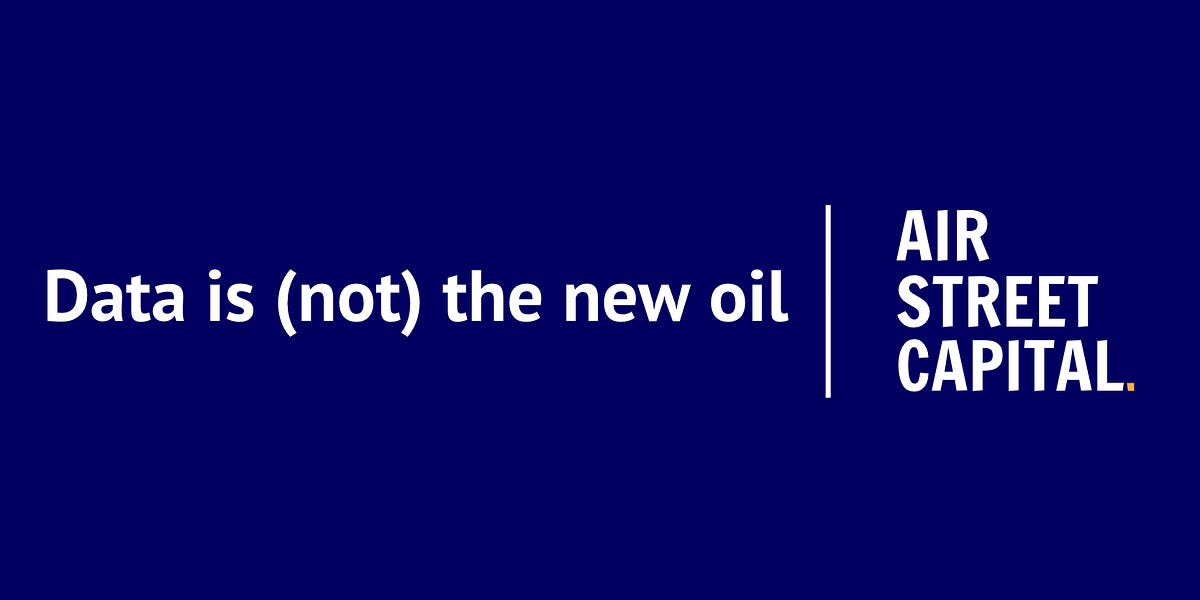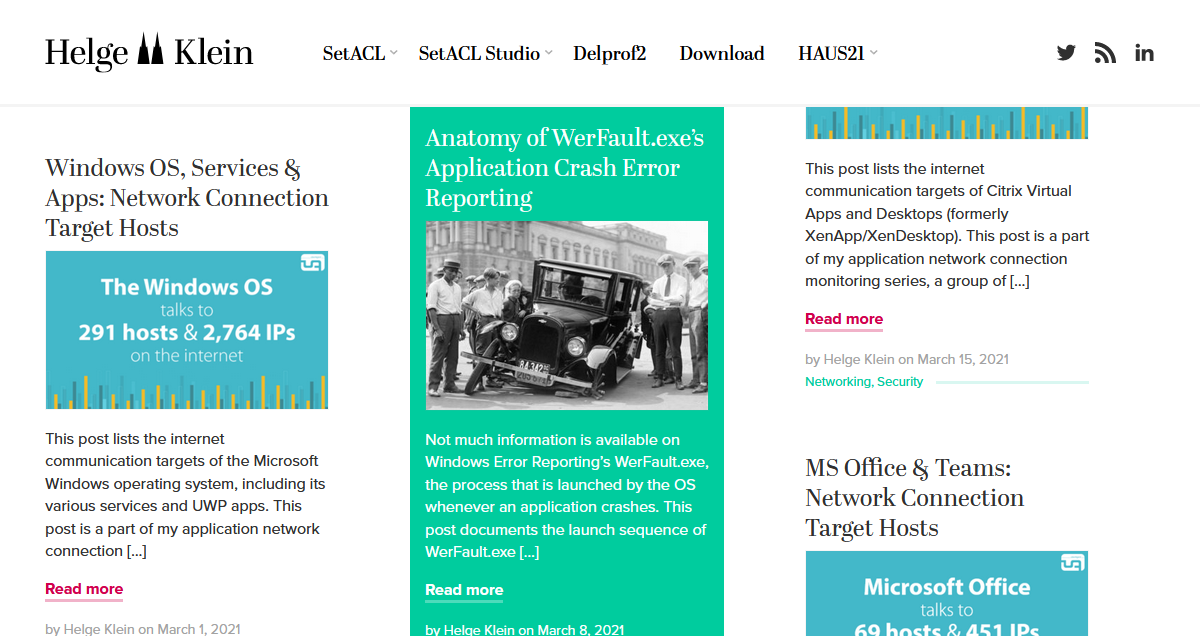
Migration of Bing’s Workflow Engine to .NET 5
Bing runs one of the world’s largest, most complex, highly performant, and reliable .NET applications. This post discusses the journey and the work required to upgrade to .NET 5, including the significant performance gains we achieved.
This application sits in the middle of the Bing architecture stack and is responsible for much of the coordination among thousands of other components that provide results for all queries. It is also at the heart of many other services outside of Bing.
The team that owns this component is called XAP (“Zap”). I have been a member of this team since 2008, shortly after I joined Microsoft (when Bing was Live Search!). In 2010, we migrated most of our stack from C++ to .NET Framework.
The efforts to migrate XAP to .NET Core began in July of 2018. We consulted with teams that had already done this migration, such as Bing’s UX layer, as well as the .NET team itself.
The XAP team has long relied on a close working relationship with the .NET team, especially the Common Language Runtime (CLR) portion of that team. With the announcement of .NET Core, we knew that we would want to migrate. The anticipated performance benefits, open-source nature, and faster development turnaround were additional incentives.




















